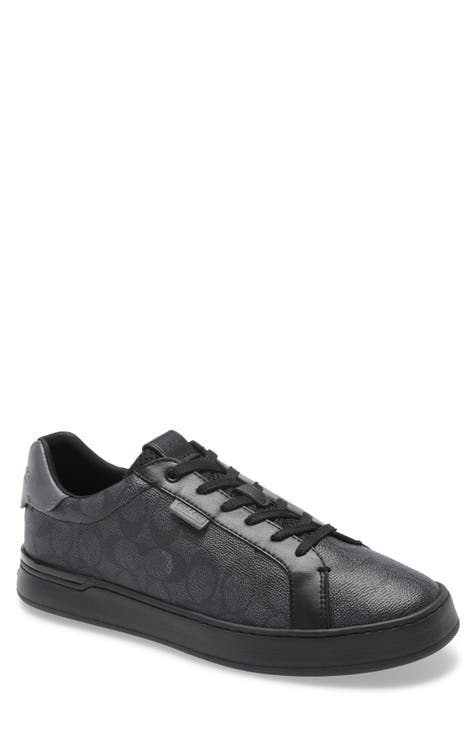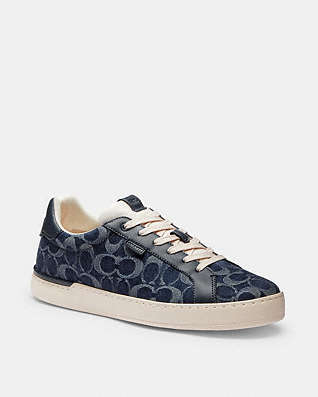A Stylish Journey Through Time and Trends
Introduction to Fashion Evolution
Welcome to our exploration of fashion, where we delve into the ever-changing world of style and trends. Fashion is not merely a form of self-expression; it is a reflection of our society, culture, and history. As we embark on this stylish journey, we will traverse through various eras, examining how fashion has evolved alongside societal shifts.

The Roaring Twenties
The 1920s, known as the Roaring Twenties, was a decade of unprecedented economic prosperity, cultural dynamism, and dramatic changes in fashion. The era marked a departure from the corseted silhouettes of the past, embracing a more liberated and androgynous look for women. The flapper dress, with its dropped waist and shorter hemlines, became a symbol of the era’s newfound freedom.
Post-War Fashion in the 1950s
Post-World War II, the 1950s saw a return to glamour and femininity in fashion. Christian Dior’s “New Look” revolutionized women’s clothing with its cinched waist, full skirts, and padded hips. The 1950s also witnessed the rise of youth culture, with teenagers embracing rock ‘n’ roll and casual attire such as jeans and leather jackets.
The Swinging Sixties
The 1960s were a time of social revolution and cultural upheaval, and fashion was at the forefront of this change. The “Swinging Sixties” brought forth the miniskirt, invented by Mary Quant, and the “mod” look, characterized by bold colors, geometric patterns, and a rejection of traditional tailoring. This period also saw the rise of youth-driven fashion movements like the hippie and punk styles.
Modern Fashion and the Influence of Technology
In the contemporary era, fashion has become increasingly influenced by technology, with digital platforms playing a crucial role in trendsetting and the dissemination of fashion news. Social media has given rise to fashion influencers, while sustainable and ethical practices have become more prominent in the industry. As we look to the future, the fusion of technology and fashion will continue to shape the way we dress and perceive style.




